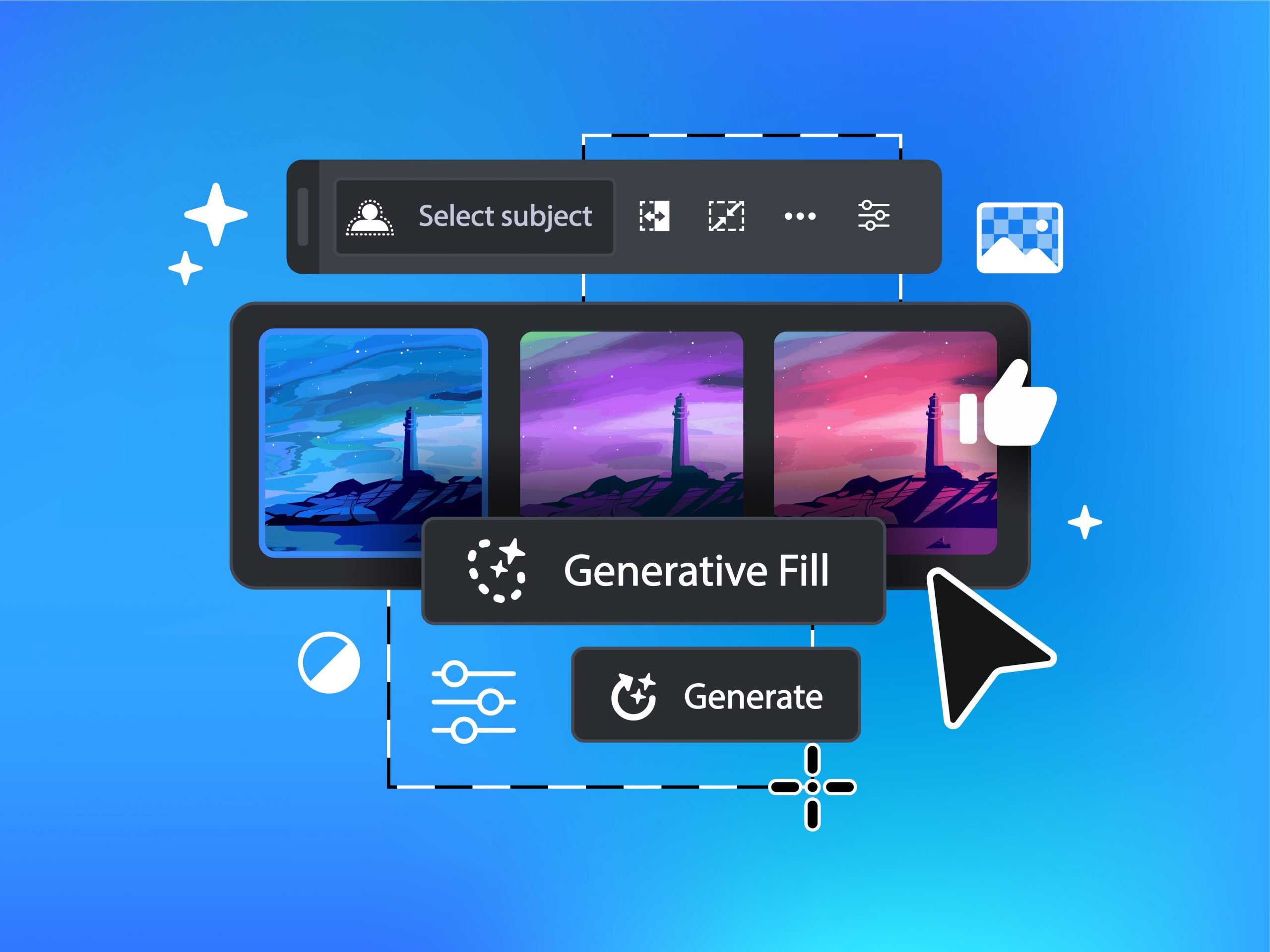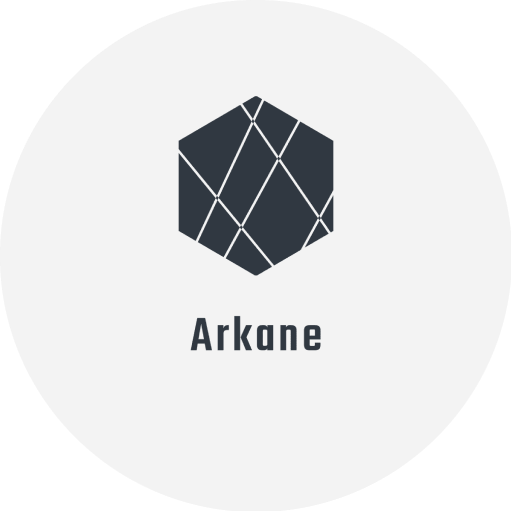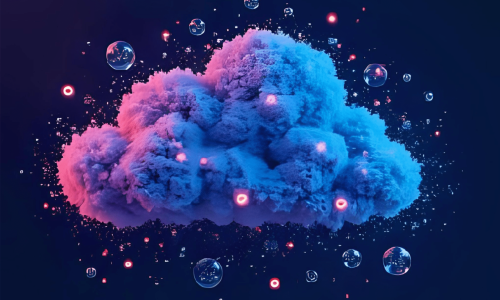
How to run stable diffusion

Introduction to Stable Diffusion
Stable Diffusion, a groundbreaking technology from Stability AI, exemplifies the transformative power of generative AI in the cloud computing era. Launched in 2022, it embodies the pinnacle of open-source deep learning models, adept at generating high-quality, intricate images from textual descriptions. This versatility extends to refining low-resolution images or altering existing ones using text, a feat accomplished by its training on an extensive dataset of 2.3 billion images. Its proficiency rivals that of DALL-E 3, marking a significant milestone in the realm of generative AI.
In the context of Arkane Cloud’s GPU solutions, Stable Diffusion represents more than just an AI model; it’s a testament to the incredible potential of GPU-powered cloud services in facilitating cutting-edge AI applications. This aligns perfectly with Arkane Cloud’s vision of providing accessible, high-performance computational resources for diverse needs like AI generative tasks, machine learning, and more.
Recently, Stability AI has expanded the horizons of Stable Diffusion by venturing into generative video technology. Their new product, Stable Video Diffusion, showcases the ability to create videos from a single image, generating frames at varying speeds and resolutions. Although currently in the research phase and not yet available for commercial use, it demonstrates substantial advancements in generative AI, offering glimpses into future applications in advertising, education, entertainment, and more. The model, while showing promising results, has its limitations, such as generating relatively short videos and certain restrictions in video realism and content generation.
In essence, Stable Diffusion stands as a beacon of innovation, illustrating the seamless integration of AI and cloud technologies. Its evolution from image generation to video creation marks a significant leap, potentially revolutionizing how we interact with and leverage AI in various sectors. Arkane Cloud’s role in this evolving landscape is pivotal, providing the necessary computational power and resources to harness the full potential of technologies like Stable Diffusion.
Understanding How Stable Diffusion Works
In the realm of machine learning and AI, the concept of diffusion models, particularly in deep learning, represents a significant leap in generative model technology. At its core, a diffusion model is a generative model used to create data that mirrors its training input. This process involves systematically degrading training data with Gaussian noise and then learning to reverse this process, thereby recovering the original data. The end goal is to enable the model to generate new data from randomly sampled noise through this learned denoising process.
Delving deeper, diffusion models operate as latent variable models. They map to a latent space using a fixed Markov chain, a sequence of probabilistic events where each event is dependent only on the state achieved in the previous event. In this setup, noise is incrementally added to the data to achieve an approximate posterior. This noise transformation gradually converts the image into pure Gaussian noise, with the training objective being to learn the reverse of this process.
These models have gained rapid attention due to their state-of-the-art image quality and the advantages they offer over other generative models. Unlike models requiring adversarial training, diffusion models simplify the training process and do not necessitate such competitive frameworks. This aspect not only eases the training process but also contributes to the scalability and parallelizability of diffusion models, making them more efficient and versatile in various applications.
The training of a diffusion model involves finding reverse Markov transitions that maximize the likelihood of the training data. In more technical terms, this means minimizing the variational upper bound on the negative log likelihood. An essential aspect of this training is the use of Kullback-Leibler (KL) Divergences, a statistical measure that quantifies the difference between two probability distributions. In the context of diffusion models, this divergence is significant because the transition distributions in the Markov chain are Gaussian, and the divergence between these distributions can be calculated in a closed form.
In summary, the training and operational mechanics of diffusion models, especially in the context of Stable Diffusion, underscore a significant evolution in the field of generative AI. Their efficiency, scalability, and ability to produce high-quality outputs position them as crucial tools in AI-driven applications, especially in environments powered by advanced cloud computing and GPU servers like Arkane Cloud.
Running Stable Diffusion Online
For professionals and enthusiasts in the tech world, particularly those involved in cloud computing and AI, the ability to run Stable Diffusion online offers a window into the future of creative and computational tasks. Several platforms have emerged, each with unique features, catering to different needs and preferences.
Arkane Cloud
Arkane Cloud is offering GPU Cloud solutions, you can deploy AI models from Stable diffusion template. You can generate as much images as you want for your purpose. Select RTX A5000 to get the best choice for your AI image generation.
You pay for your usage from $1/hr and you can generate hundreads of images per hour !
PlaygroundAI
PlaygroundAI stands out as a visionary platform in the world of AI-driven image generation. It offers an impressive array of models, focusing on realism and semi-realism, and provides an “Infinite Canvas” feature, allowing extensive creative exploration. Its user-friendly interface, particularly beneficial for beginners, supports up to 1000 image generations per day under its free plan. The platform also incorporates social gallery features and advanced options like ControlNet under its paid plan.
Getimg.ai
Getimg.ai is tailored for those interested in AI image editing, paralleling features found in software like Photoshop. This platform distinguishes itself with a unique model training feature, enabling users to train and download models based on their images. Though it offers a limited free plan, the platform’s full capabilities, including advanced editing features, are available under a paid subscription.
ArtBot
ArtBot, powered by the Stable Horde – a collective of individuals donating GPU resources – is a completely free platform offering all features of Stable Diffusion. This makes ArtBot an excellent choice for users who need access to advanced features without the associated costs. However, users should be prepared for potentially longer generation times due to the community-driven nature of the platform.
DreamStudio
DreamStudio, the official app by StabilityAI, creators of Stable Diffusion, provides a straightforward and efficient user experience. It offers basic Stable Diffusion features like text-to-image and image-to-image conversions. Upon signing up, users receive free credits, allowing for about 100 image generations. The platform operates on a credit system, offering more generations for purchase. DreamStudio is particularly appealing for its simplicity and direct association with StabilityAI, although it may lack the sophistication of some other platforms.
Each of these platforms caters to different aspects of running Stable Diffusion online, from ease of use and teaching processes for beginners to advanced features for more experienced users. Their diverse capabilities highlight the growing accessibility and variety of tools available in the realm of generative AI, a field where cloud computing power like that provided by Arkane Cloud plays a crucial role.
Setting Up Stable Diffusion Locally
Running Stable Diffusion locally on a personal computer has become a practical reality, allowing tech enthusiasts and professionals to leverage the power of generative AI directly from their own hardware. This capability is especially valuable in an era where cloud-based AI services, like those provided by Arkane Cloud, are increasingly popular. Running the model locally offers several advantages:
System Requirements
To run Stable Diffusion locally, specific system requirements must be met:
- A Windows 10/11 operating system is necessary.
- An NVidia RTX graphics processing unit (GPU) with a minimum of 8 GB of VRAM is required. Systems with lower RAM might face performance issues.
- At least 25 GB of local disk space is needed to accommodate the software and its data.
Installation of Python and Git
Python and Git are essential tools for running Stable Diffusion:
- Python, a widely used language in machine learning, must be installed. Users should visit python.org, download the latest version, and follow the installation instructions. Ensuring Python is added to the system’s PATH is crucial for seamless operation.
- Git is required for efficient code management. Users should download Git from git-scm.com and complete the installation process, verifying the installation via a command prompt or terminal window.
Cloning Stable Diffusion Repository
The next step involves cloning the Stable Diffusion repository, which contains all the necessary code and resources. This is done by navigating to the desired directory and using Git to clone the repository from GitHub.
Downloading the Stable Diffusion Model
Users then need to download the latest Stable Diffusion model, a pre-trained deep learning model, from the Hugging Face repository. After downloading, the model file should be extracted to a chosen directory for later use.
Setting Up the Web UI
Setting up the Web UI for Stable Diffusion enables a user-friendly interface for interacting with the model. This involves navigating to the repository directory and installing the required Python packages. This setup is crucial for facilitating easy input of text descriptions and receiving corresponding generated images.
Running Stable Diffusion
Finally, users can run Stable Diffusion by navigating to the repository directory and starting the Web-UI using Python. This launches a local server, accessible via a web browser, where text descriptions can be entered to generate images. This process allows for extensive experimentation with different text inputs, showcasing the model’s capabilities in generating diverse images.
Running Stable Diffusion locally offers a unique advantage, particularly for users with specific computational requirements or those who prefer to operate independently of cloud-based platforms. It underscores the versatility of generative AI models and their adaptability to various operating environments.
Installation Steps for Local Setup
Setting up Stable Diffusion locally involves a series of steps that are crucial for ensuring smooth operation and optimal performance. Here’s a detailed walkthrough:
Step 1: Install Python & Git
Python and Git are foundational for running Stable Diffusion locally:
- Python Installation: Visit Python’s official website to download the latest version. Follow the installation instructions, ensuring Python is added to your system’s PATH. Verify the installation by typing python –version in a command prompt or terminal window.
- Git Installation: Download Git from Git’s official website. Follow the installation steps and verify by typing git –version in the command prompt or terminal.
Step 2: Clone the Stable Diffusion Repository
With Python and Git set up, clone the Stable Diffusion repository, which contains essential code and resources:
- Open a command prompt or terminal window.
- Navigate to your desired directory.
- Execute the command: git clone https://github.com/stablediffusion/stablediffusion.git.
Step 3: Download the Latest Stable Diffusion Model
The next step is to download the latest Stable Diffusion model:
- Visit the Stable Diffusion repository on GitHub.
- Find the “Releases” section and download the latest model.
- Extract the model file to your preferred directory.
Step 4: Set Up the Web-UI
Setting up the Web-UI enables interaction with the model through a user-friendly interface:
- Navigate to the Stable Diffusion repository directory in the command prompt or terminal window.
- Run pip install -r requirements.txt to install necessary Python packages.
Step 5: Run Stable Diffusion
Finally, initiate Stable Diffusion to start generating images:
- In the command prompt or terminal, navigate to the Stable Diffusion repository directory.
- Start the Stable Diffusion Web-UI with python app.py.
- Wait for the server to start. Once it’s running, open a web browser and enter http://localhost:3000 to access the Web-UI.
Each step is integral to setting up Stable Diffusion locally, offering tech enthusiasts and professionals the flexibility to experiment with AI-driven image generation on their own hardware, leveraging the computational power of systems similar to those provided by Arkane Cloud.
Newsletter
You Do Not Want to Miss Out!
Step into the Future of Model Deployment. Join Us and Stay Ahead of the Curve!

![The 4 Major Corporate Fears About AI [and How Arkane Crushes Them]](https://arkanecloud.com/wp-content/uploads/elementor/thumbs/image-fears-r83x02fmwkg0873grkx2f5jvdsy2k1b00h5jqz1vi0.png)



